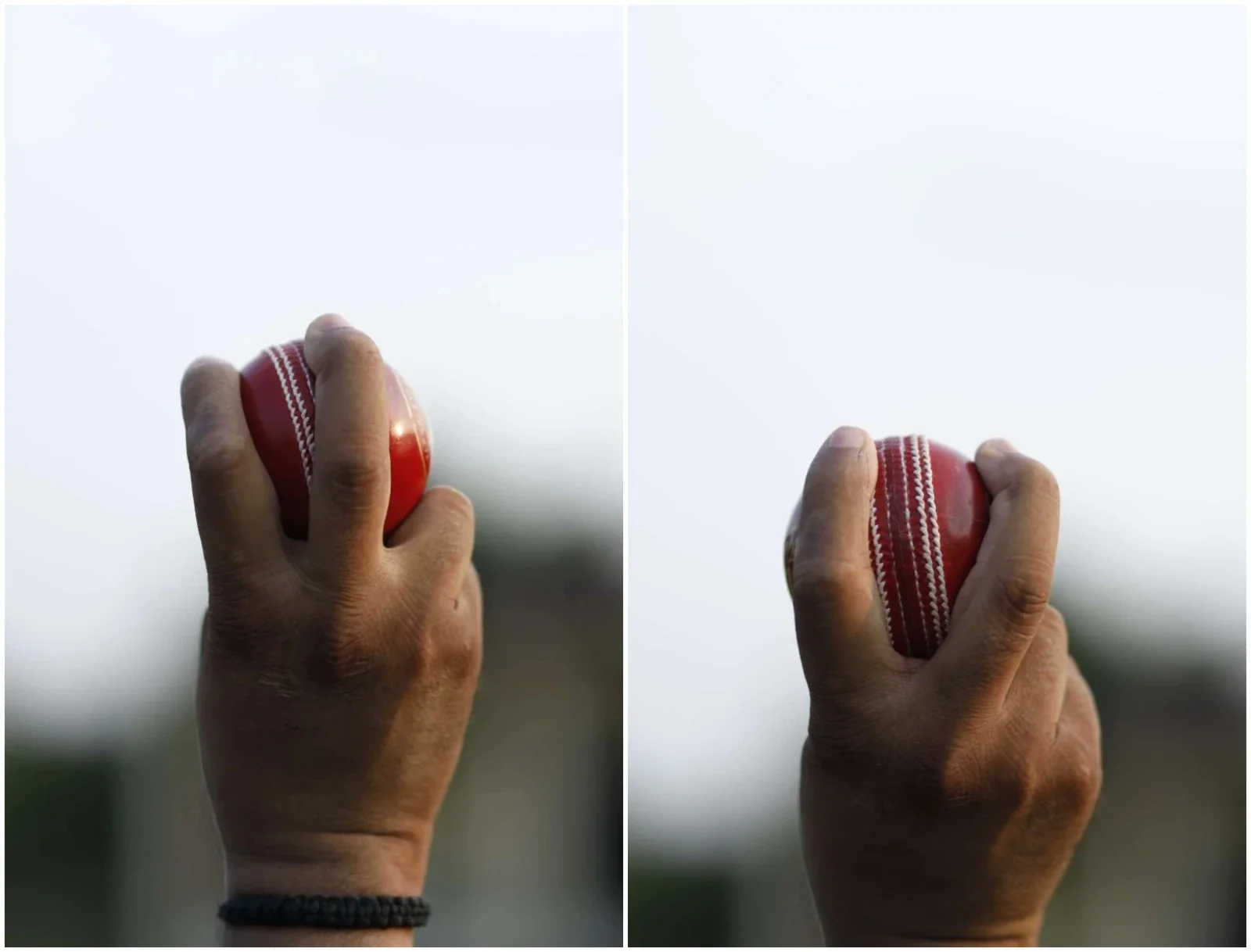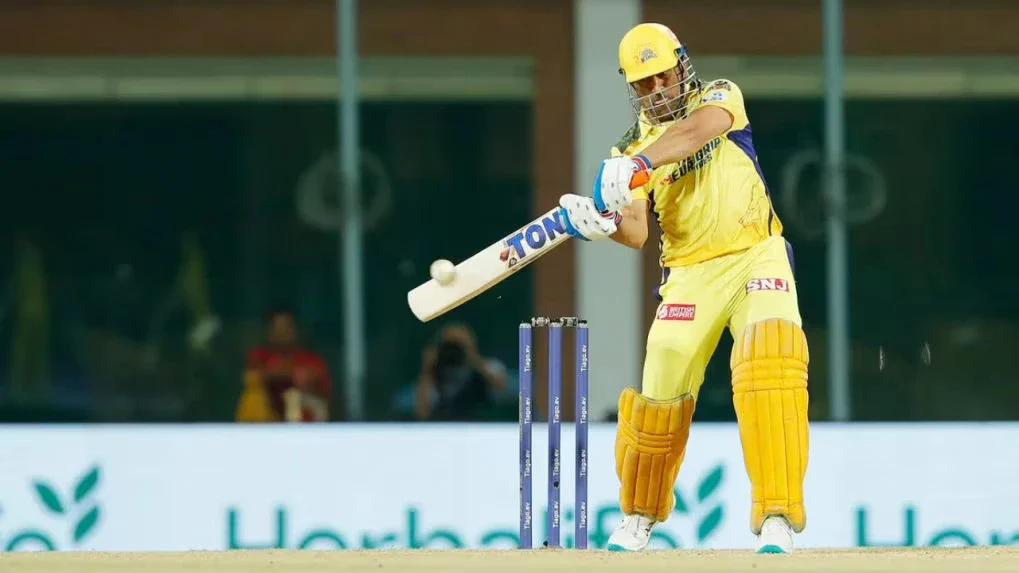Cricket is as much a game of strategy as it is of skill, and one of the most fascinating aspects is how the cricket ball behaves on different pitches. The ability to swing the ball—both conventional and reverse—is a crucial weapon for bowlers, while batters must read pitch conditions to defend and attack effectively. Understanding the science of swing and pitch behavior provides insights into why matches are won or lost and how players adapt to various conditions.
In this blog, we explore the secrets of swing, how balls behave on different pitches, and what strategies bowlers and batters use to take advantage of pitch conditions.
The Science of Swing
Swing occurs when the cricket ball moves laterally in the air due to differences in airflow around the ball. There are two main types:
1. Conventional Swing
- Occurs with a new ball in good condition.
- Bowler maintains one side shiny and the other rough.
- Ball moves toward the rough side, allowing in-swing and out-swing deliveries.
2. Reverse Swing
- Happens with an older, worn ball, usually after 30-40 overs.
- Ball swings opposite to conventional expectations, surprising batters.
- Often used by fast bowlers to take wickets in later overs.
Factors affecting swing include ball condition, seam position, bowling speed, and atmospheric conditions.
Pitch Types and Their Impact on Swing
The pitch is the canvas on which swing bowling comes alive. Different surfaces influence the ball’s movement both in the air and off the ground.
1. Green Pitches
- Covered with fresh grass, offering seam movement and extra bounce.
- Helps fast bowlers generate swing, as the ball grips the seam.
- Conventional swing is more pronounced due to extra traction.
Strategy Tip: Bowlers often aim for the seam and length to exploit movement; batters need solid footwork to counter swing.
2. Dry or Dusty Pitches
- Typically used in subcontinental regions, with less grass and more cracks.
- Ball grips less on the surface, reducing seam movement.
- Swing in the air is possible but limited, often relying on reverse swing with an older ball.
Strategy Tip: Bowlers use reverse swing and slower deliveries, while batters focus on timing and placement rather than relying on power shots.
3. Hard and Bouncy Pitches
- Often found in Australia and South Africa, providing extra bounce and carry.
- Facilitates faster deliveries and predictable seam movement.
- Conventional swing is effective early, while bounce creates pressure on batters.
Strategy Tip: Bowlers use short-pitched deliveries and angled seam positions; batters need strong technique and quick reflexes.
4. Slow and Low Pitches
- Typically flat with minimal grass, common in subcontinent stadiums.
- Ball comes onto the bat slowly, reducing swing and seam movement.
- Reverse swing may be difficult until the ball is older.
Strategy Tip: Batters can dominate if they time shots well; bowlers rely on variations in pace, spin, and subtle seam positioning.
Weather Conditions and Swing
Pitch is important, but weather plays a major role in swing:
- Humidity and Cloud Cover: Increase ball movement in the air. Swing bowlers thrive in overcast conditions.
- Dry and Hot Weather: Reduces swing; batters find it easier to play confidently.
- Wind Direction: Can assist swing if aligned with the bowler’s delivery.
A combination of pitch and weather allows teams to strategically plan bowling attacks to maximize wicket-taking opportunities.
Tips for Bowlers to Exploit Swing
- Seam Position: Point the seam at a specific angle to guide lateral movement.
- Ball Maintenance: Keep one side shiny for conventional swing; roughen the other for reverse swing.
- Bowling Speed: Fast bowlers (85+ mph) often generate more swing with reverse techniques.
- Use of Pitch: Target areas with more grass or moisture for extra seam and swing.
Tips for Batters to Counter Swing
- Watch the Ball Closely: Pick up subtle changes in seam position.
- Footwork: Step forward or back to adjust to in-swing or out-swing deliveries.
- Leave and Defense: Avoid risky shots against swinging deliveries, especially early in the innings.
- Adapt Strategy: On slower pitches, rely on timing rather than power hitting.
Understanding swing behavior helps batters anticipate deliveries, reduce dismissals, and build innings strategically.
Evolution of Swing Bowling
Swing bowling has evolved with cricket formats:
- Test Cricket: Swing is often decisive over long spells, with bowlers exploiting both conventional and reverse swing.
- ODIs and T20s: Limited overs make early swing crucial; bowlers use variations to restrict scoring.
- Day-Night Matches: Pink balls swing differently under lights; bowlers must adapt seam and pace strategies.
The science of swing continues to challenge both bowlers and batters, making it one of the most intriguing aspects of cricket strategy.
Conclusion
The behavior of a cricket ball on different pitches is a complex interplay of physics, weather, and pitch conditions. Green, hard, dry, and slow pitches all influence how the ball swings, bounces, and spins, while weather adds another layer of unpredictability.
For bowlers, mastering swing means understanding seam, speed, and pitch conditions. For batters, it requires precise footwork, timing, and shot selection. From Test cricket to T20s, the ability to read swings can decide the outcome of a match.
By studying the secrets of swing and pitch behavior, players and fans alike can appreciate the subtle science that makes cricket a game of skill, strategy, and endless fascination.




